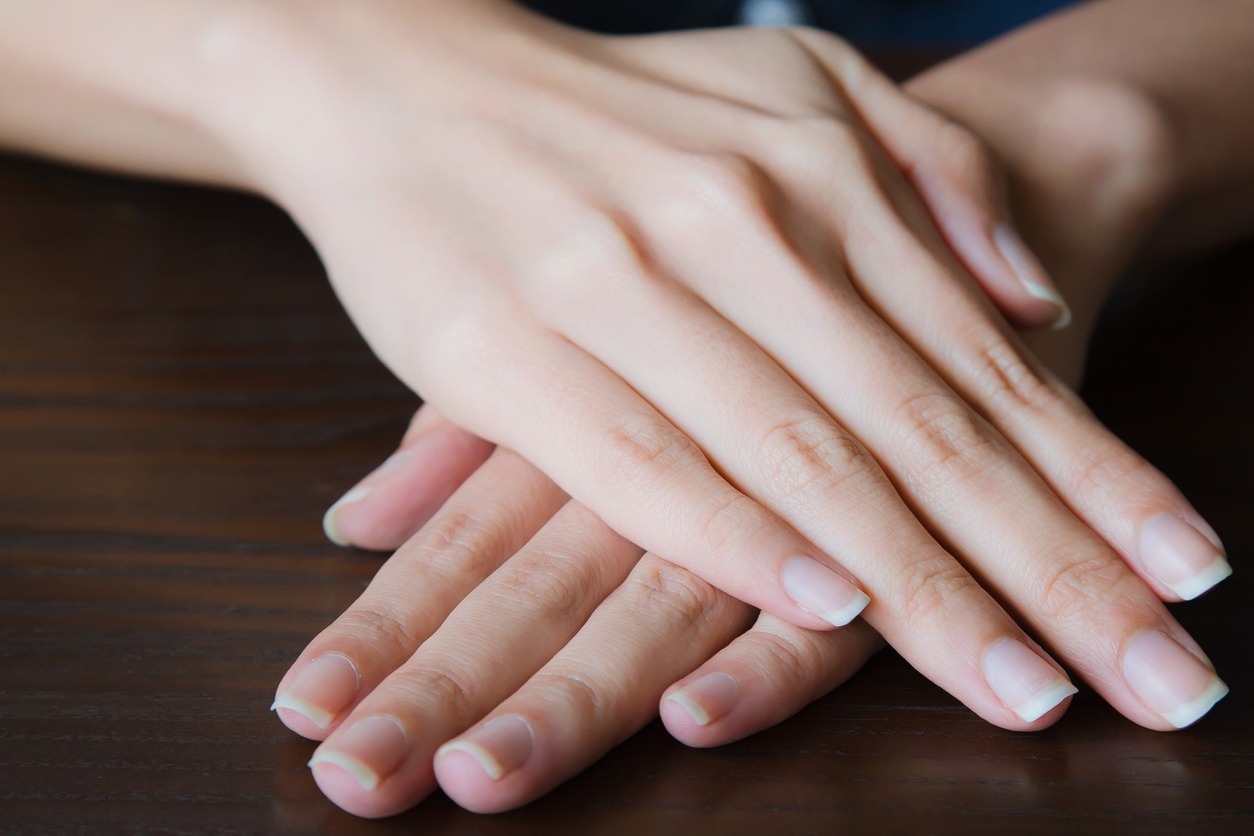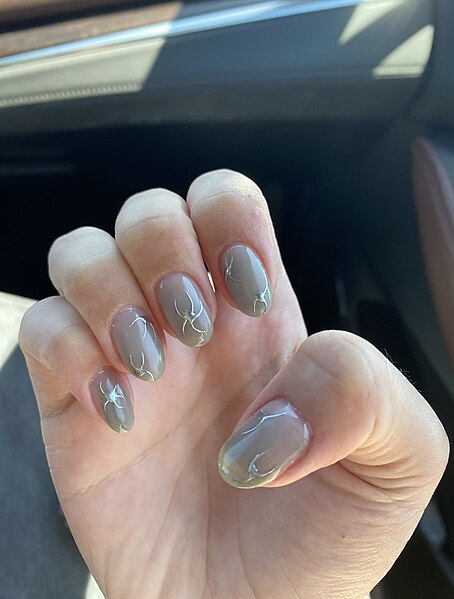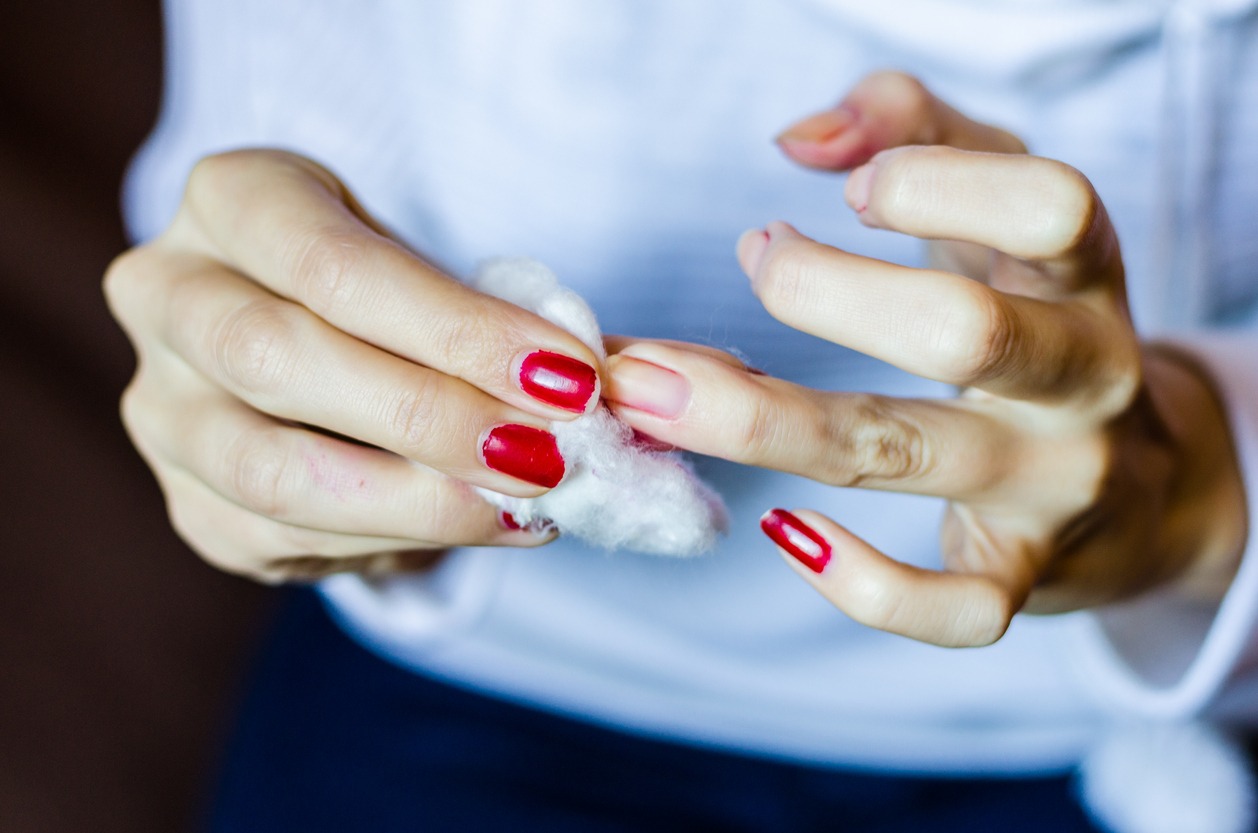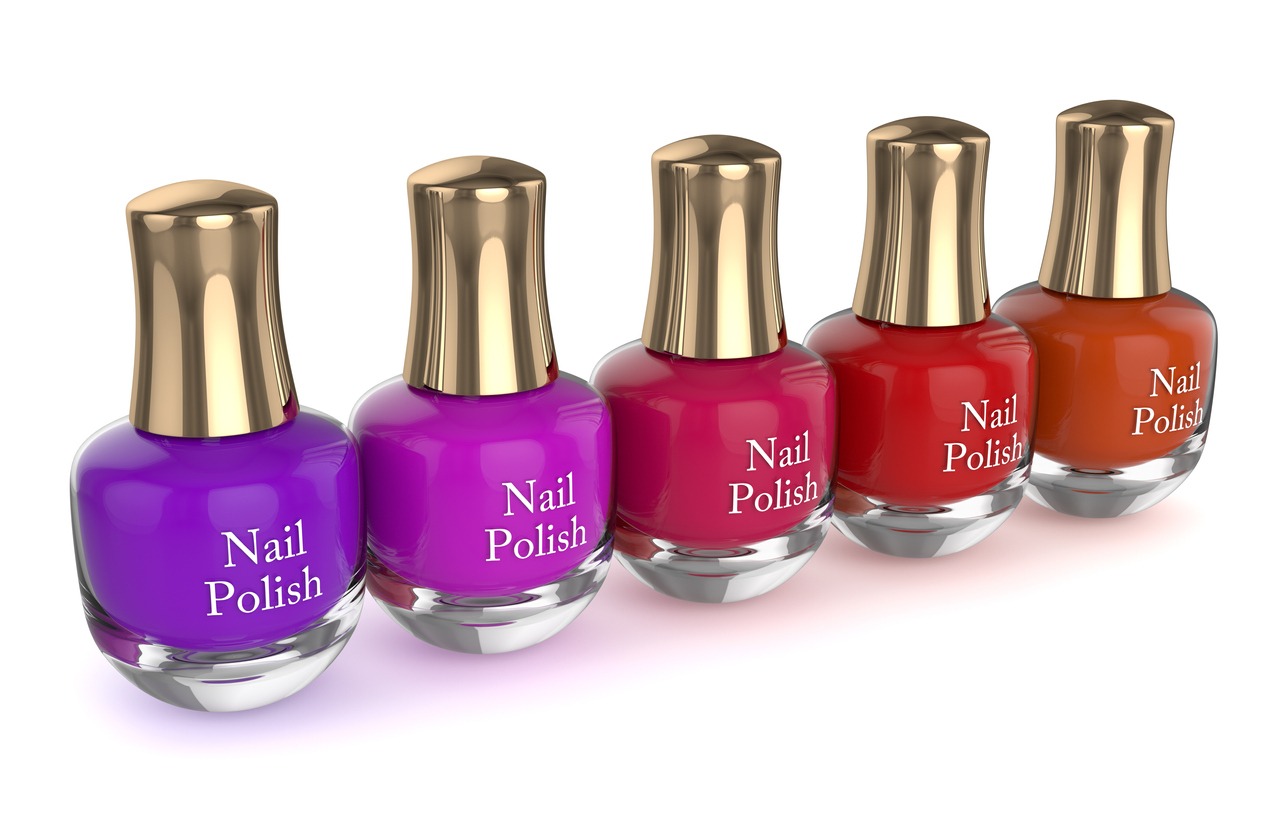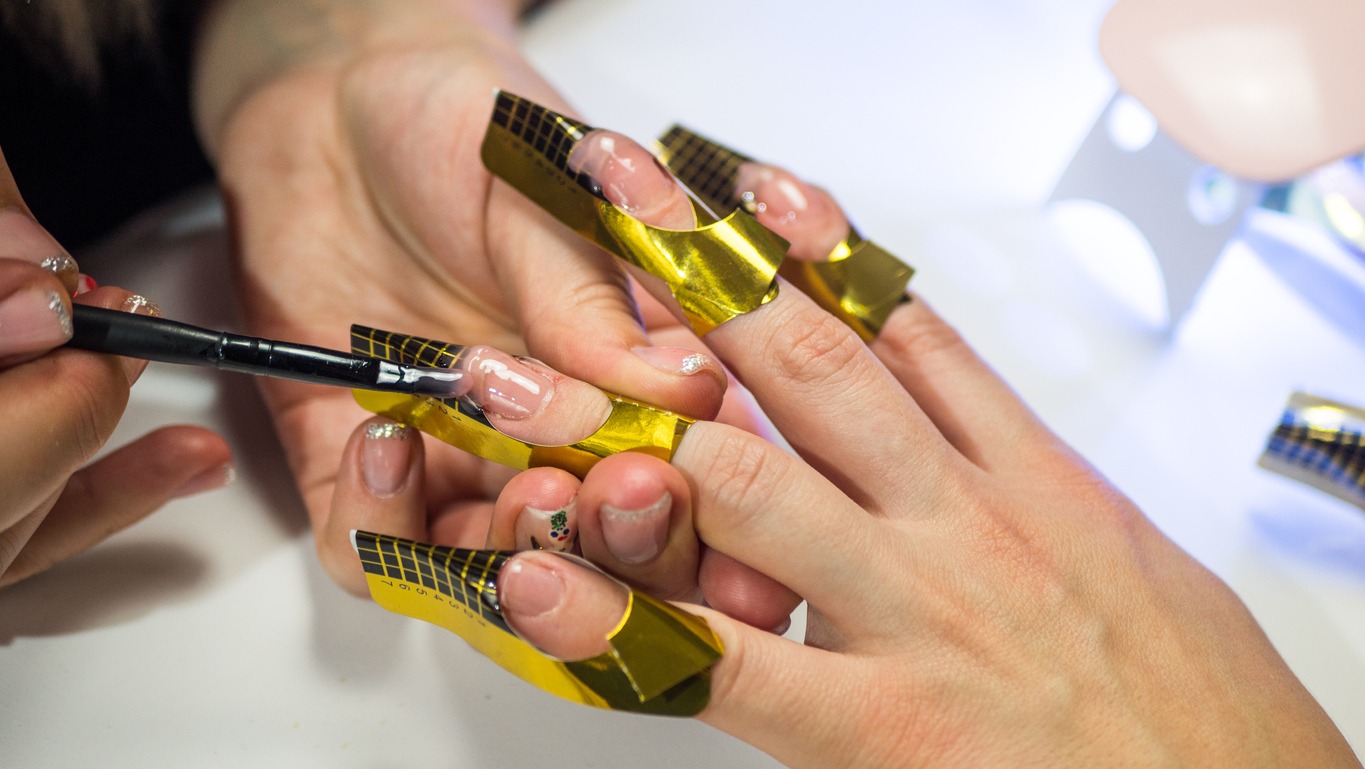The quest for beauty often leads to the challenging decision of selecting the healthiest nail care option. Awareness of nail health is crucial as the wrong choice could compromise the strength and integrity of nails over time. Healthy nails are characterized by smoothness, consistency in color, and uniform texture. Maintaining these attributes is dependent on choosing manicure procedures and products that reinforce the natural nail rather than cause potential harm.
There are several manicure options available that promote nail health. For instance, a basic natural manicure avoids harsh chemicals and preserves the natural structure of the nail, which is vital for ongoing nail health. Products such as organic polishes enriched with vitamins and lacking toxic compounds are preferred. These alternatives not only enhance the appearance of nails but also contribute nutrients that can aid in their growth and strength.
In the constant evolution of nail care technology, formulations such as polishes containing tea tree oil, ginseng, biotin, kale, and cactus have emerged. These ingredients are known to offer benefits like promoting healthy nail growth, which is a significant consideration when choosing the healthiest nail option. Therefore, considering nail health as a priority guides individuals to make more informed choices about their manicure preferences, ensuring the long-term wellbeing of their nails.
Understanding Nail Health
The health of one’s nails is indicative of overall well-being, with nail issues sometimes pointing to broader health conditions. This section will explore the structure of nails, common issues impacting nail health, and various factors that influence the condition of our nails.
The Science of Nails
Nails are composed primarily of keratin, a type of protein that is also found in skin and hair. The nail plate, the hard part of the nail, is the most visible and is where growth occurs at the base under the cuticle. Proper nail health includes strong, smooth nails without discoloration or deformity.
Common Nail Problems
Numerous conditions can affect nail health. Brittle nails may be a sign of aging or nutritional deficiencies. Signs of unhealthy nails include brittleness, ridges, peeling, splitting, and dry or rough textures. Lichen planus, psoriasis, and eczema can cause nail changes, as can thyroid diseases. Discoloration, changing in nail shape, or the appearance of ridges may also indicate underlying health issues.
Factors Affecting Nail Health
Diet and age are significant factors that impact nail health. A balanced diet rich in vitamins and proteins supports strong nail growth. On the other hand, aging can naturally decrease nail growth and strength. Exposure to harsh chemicals or frequent use of nail polish remover can degrade the keratin of the nails, leading to weakness or brittleness. Managing exposure to water and chemicals and wearing gloves during household tasks can help maintain nail integrity. Additionally, diseases that affect the body’s overall health, like diabetes or kidney issues, can manifest in nail health, causing changes and prompting the need for further examination by healthcare professionals.
Types of Manicures
Choosing the right type of manicure depends on personal preference, nail health, and the desired durability of the nail treatment. Manicures range from simple and low-maintenance to more elaborate options involving advanced technologies or materials.
Basic Manicure
A Basic Manicure is the standard go-to for clean and shaped nails. It typically includes nail trimming, cuticle care, a layer of clear polish, and sometimes a hand massage. This option is health-friendly, relying on minimal products and offering a natural look.
Gel Manicure
A Gel Manicure applies gel polish directly to the natural nail and cures it with UV light. The result is a durable and glossy finish that lasts longer than traditional nail polish. Routine UV exposure should be monitored, as it may pose health concerns over time, and gel polish removal requires soaking in acetone, which could potentially damage nails if done frequently or improperly.
Dip Powder Manicure
Dip Powder Manicure involves coating the nails with a bonding glue, followed by dipping them into a colored powder, repeated until the desired opacity is achieved. It’s known for offering more strength than gel polish without the need for UV light. However, the removal process can be harsh on the nails and requires careful application to avoid bacterial contamination.
Acrylic Nails
With Acrylic Nails, a combination of a liquid monomer and a powder polymer is applied to create a hard protective layer over the natural nail that can be shaped as desired. Acrylics are known for their strength and long-lasting nature. Removal requires soaking in acetone and can be damaging to the nail bed if not done correctly.
Press-On Nails
Press-On Nails provide a quick and convenient alternative to traditional manicures. These pre-shaped nails are adhered to the natural nail bed with a safe glue. They are a non-damaging option as they do not involve harsh chemicals or UV light. However, they may not last as long as other manicure types.
Alternative Manicure Technologies
The nail care industry continues to innovate with Alternative Manicure Technologies such as Polygel manicures, which combine the best attributes of gel and acrylic nails. This manicure provides a strong, flexible, and lightweight nail enhancement and can be cured with a UV light. While new technologies may pose fewer risks of damage, proper application and removal are critical to maintaining nail health.
Health Considerations in Nail Care
Choosing the right nail care practices is crucial for maintaining nail health. This involves understanding the potential risks associated with chemical exposure from products like nail polishes and removers, as well as preventing infections by maintaining proper nail hygiene.
Chemical Exposure and Risks
Nail polishes and removers often contain chemicals like formaldehyde, toluene, and dibutyl phthalate, which can be harmful with prolonged exposure. These substances are linked to various health issues, ranging from allergic reactions to other more serious conditions. Gel polishes, while long-lasting, require curing under UV light, which carries its own set of risks and often necessitates the use of acetone for removal—a solvent that can cause nail dryness and brittleness.
- To minimize chemical exposure:
- Opt for “3-free” or “5-free” polishes that exclude the most harmful chemicals.
- Use acetone-free polish removers.
- Limit gel manicures and allow nails to recover between applications.
Infections and Hygiene Issues
Infections can arise from bacteria and fungi, particularly if the protective barrier of the nail or cuticle is compromised during manicures. Salons should be evaluated for their hygiene practices to ensure that the risk of infection is minimized.
- For maintaining good hygiene:
- Keep nails clean and dry to prevent bacterial growth.
- Avoid over-clipping cuticles, as they serve as a barrier to infection.
- Ensure manicure instruments are sterilized between uses.
Proper hygiene and an awareness of the chemicals used in nail care products are essential for maintaining healthy nails.
Nail Care and Maintenance
Maintaining healthy nails requires a regular routine, proper treatment for damage, and methods to enhance and restore nail health. This section presents practical advice for daily upkeep, addresses remedies for compromised nails, and outlines approaches to nail enhancement.
Daily Nail Care Tips
- Trimming and Filing: Nails should be trimmed regularly with sharp nail scissors or clippers, then shaped with a nail file to prevent splitting or breaking. Ideally, nails should be filed in one direction to minimize damage.
- Moisturizing: Application of cuticle oil and hand lotion keeps the nail and surrounding skin hydrated. This is crucial as dry nails are prone to cracking and splitting.
- Protection: Wearing gloves while doing household chores can prevent exposure to harsh chemicals, which can weaken nails.
When selecting products for nail care, opt for those that are free of harsh chemicals, like acetone, which can strip nails of natural oils.
Treating Damaged Nails
- Hydration and Nourishment: Treat brittle, cracked, or damaged nails with intensive moisturizing treatments. Nourishing the nails with biotin-rich formulas can promote recovery.
- Gentle Care: Avoid excessive filing or buffing of the damaged areas. Instead, use a soft nail file to smooth out any imperfections gently.
For nails suffering from discoloration or the effects of acrylics, consider using a nail strengthener to restore integrity.
Nail Enhancement and Restoration
- Nail Strengtheners: Products containing keratin can help reinforce the nails, making them more resistant to splits and breaks.
- Gentle Polishes: Choose nail polishes that not only add color but also contain nourishing ingredients to promote health. Avoid frequent polish changes to minimize nail damage.
Achieving healthy, well-maintained nails involves more than occasional care—it’s about incorporating these steps into a consistent routine.
Safe Manicure Practices
To maintain nail health while enjoying a beautiful manicure, it’s critical to choose safer nail products, protect nails from UV exposure, and use proper removal techniques.
Choosing Safer Nail Products
When selecting nail polish, looking for options labeled as non-toxic or “5-free” is advisable. These are free from formaldehyde, dibutyl phthalate, toluene, formaldehyde resin, and camphor—chemicals associated with health risks. Brands such as Smith & Cult nail polish offer high-quality colors without these harmful ingredients. Moreover, consider using nail treatments like Nailkale Superfood Base Coat, which can nourish nails with vitamins and antioxidants.
For those preferring a cruelty-free and vegan option, ensure the label confirms these qualities. A cruelty-free product is not tested on animals, and vegan polish contains no animal-derived ingredients. Choosing these products supports ethical practices while protecting nail health.
Protection from UV Exposure
UV light is used to cure gel polish, but excessive exposure can increase the risk of skin cancer. To protect the skin, apply a broad-spectrum sunscreen on the hands, focusing on the cuticles and surrounding skin, before undergoing UV curing. Some dermatologists also recommend using LED lamps instead of UV lamps as they emit lower levels of UV radiation and reduce exposure time.
Proper Removal Techniques
The removal of nail polish, especially gels, requires careful techniques to avoid damage:
- Gel polish removal: Soak a cotton ball in an acetone-based gel polish remover, place it on the nail, and wrap with foil for about 10-15 minutes. Then gently push the polish off with a wooden stick.
- Standard nail polish: Choose an acetone-free remover to keep nails from becoming dry and brittle.
- Buffing: Limit buffing the nails to avoid weakening the nail plate.
Always avoid peeling or ripping off nail polish, as this can strip away the top layers of the nail, leading to weakened and damaged nails. Instead, it’s crucial to invest time in proper removal and to moisturize nails afterward to restore hydration.
Alternatives for Healthy Nails
Exploring healthier alternatives for nail care can enhance the strength and appearance of your nails without exposing them to harsh chemicals. The following subsections delve into the best practices and natural products that contribute to maintaining healthy nails.
Natural and Organic Options
To maintain the natural color and health of nails, it’s prudent to seek out natural and organic products. These not only protect nails but also nourish them. Natural nail polishes that are water-based or free from harmful chemicals like dibutyl phthalate (DBP), toluene, and formaldehyde are recommended. Look for cruelty-free and vegan options with nourishing ingredients such as vitamin E, tea tree oil, and calcium. A quality clear coat can provide a protective shield and enhance the natural color of your nails.
DIY Manicure Tips
A do-it-yourself manicure starts with good nail hygiene. Trim nails straight across using a sharp manicure scissor or clipper, then round the tips in a gentle curve. Use a nail file to gently shape the edges. Moisturize your nails frequently with products containing vitamin E and cuticle oil to keep your cuticles healthy. For a simple DIY strengthening treatment, apply a nail hardener that contains calcium and protein.
- Nail Hygiene Checklist:
- Trim and shape nails carefully
- Moisturize with lotions rich in vitamin E
- Apply a protective layer of nail hardener
Nutrition and Supplements
Healthy nails are also a reflection of one’s diet and nutritional intake. Incorporating foods rich in vitamins and minerals supports nail growth and health. Vitamins like biotin, vitamin E, and calcium are crucial for strong nails. Supplements can be considered as well, but getting these nutrients from a balanced diet is generally preferred.
- Important Nutrients for Nails:
- Biotin (promotes nail growth)
- Vitamin E (supports cuticle health)
- Calcium (strengthens nails)
Remember to treat nails as you would the rest of your body, with care and attention to what you apply and ingest.
Conclusion
When considering manicure options for maintaining healthy nails, a few key considerations emerge. The healthiest manicure is one that minimizes chemical exposure and respects the natural integrity of the nail.
A standard manicure typically involves trimming, buffing, and clear polish application, which can be beneficial for healthy nails. Such a manicure is cost-efficient and can serve as a solid foundation for nail care. To enhance this, using polishes and nail hardeners free from harsh chemicals supports nail growth and strength.
The use of quality clear coat polishes, preferably those enriched with vitamins and free from toxic compounds, contributes significantly to nail health. They protect the nail surface from damage and can act as a strengthening agent.
It’s also important to practice good nail hygiene. Regularly and carefully trimmed nails, rounded gently at the tips, and adequately moisturized cuticles help prevent splitting and breaking, ensuring nails remain healthy.
For those who seek a longer-lasting option without compromising nail health, dip powder manicures are mentioned for their durability and are hailed as a safer alternative to acrylics and gels, provided that the removal process is gentle and meticulous.
In summary, the ideal manicure for those prioritizing nail health involves techniques and products that maintain the nails’ natural strength and vitality. Emphasizing careful grooming and the use of safe, nourishing products will significantly contribute to overall nail health.

